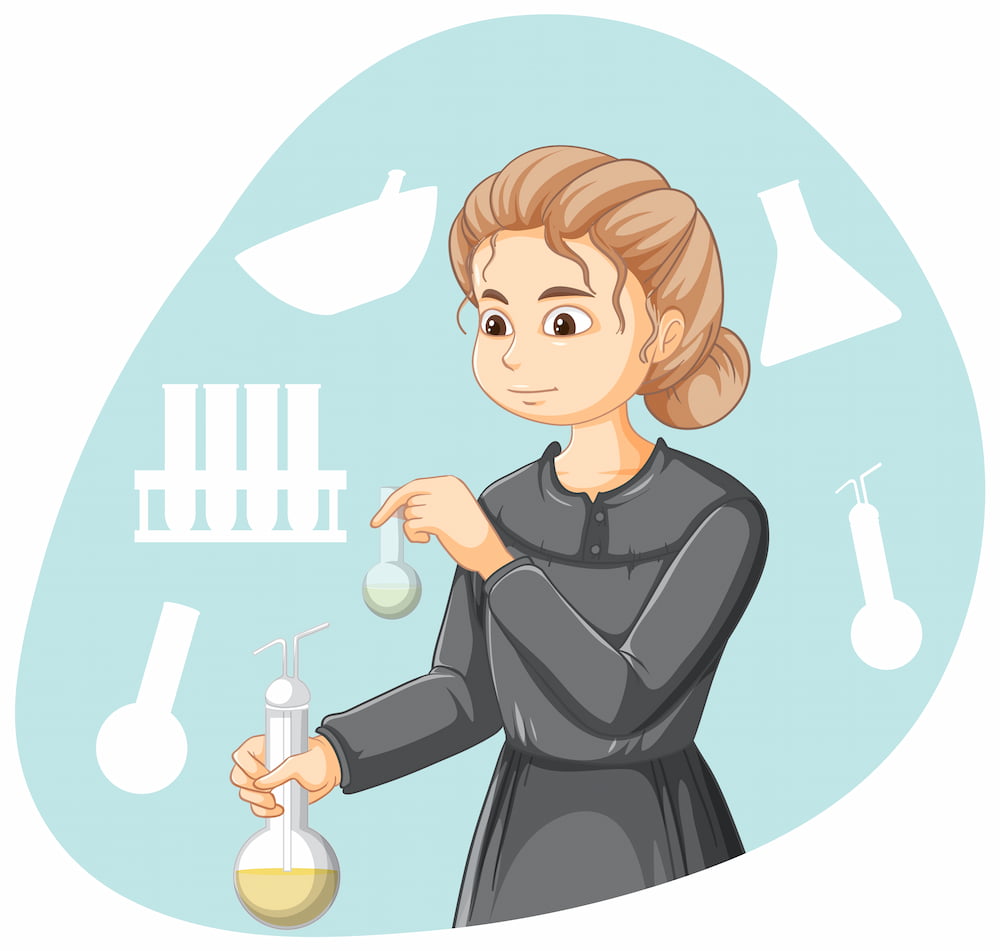If you ever desire a glimpse into the world of Marie Curie's manuscripts, be prepared to undertake a solemn ritual. You'll need to sign a waiver, don protective gear, shielding yourself from the insidious tendrils of radiation contamination that still linger upon her notes. Madame Curie's mortal remains found their final resting place within a lead-lined coffin, a silent guardian against the very radiation that both fueled her research and likely hastened her demise.

Born Maria Sklodowska in Russian-occupied Warsaw, young Marie faced formidable barriers on her path to knowledge. As a woman, the doors to higher education were firmly shut before her. Undeterred, she defied convention, seeking enlightenment through the clandestine teachings of the Floating University, a covert institution nurturing the minds of Polish youth. With resilience and determination, Marie scraped together funds, toiling as a governess and tutor, until she could embark on a journey to Paris and enroll at the prestigious Sorbonne. Amidst the hallowed halls of academia, Marie's hunger for learning was matched only by her physical hunger, sustained by little more than bread and tea, her resolve unyielding even in the face of near-starvation.
In the bustling streets of Paris, fate intertwined Marie's destiny with that of Pierre Curie, a fellow physicist whose heart and laboratory were opened to her. Yet, despite the allure of love, Marie's heart remained tethered to her native Poland. Returning home, she encountered the familiar specter of gender discrimination, thwarting her aspirations for an academic career. But destiny had other plans, as Pierre awaited her return to Paris, and their union birthed a scientific partnership for the ages.
Intrigued by Henri Becquerel's revelation of uranium's enigmatic radiation, Marie embarked on her own journey of discovery. Unveiling the mysteries of radioactive elements, she unearthed polonium, a tribute to her homeland, and radium, the embodiment of radiant energy. With each breakthrough, the Curies shattered the confines of conventional wisdom, rewriting the narrative of atomic structure and illuminating the path to a new era of scientific understanding.
Their tireless efforts bore fruit, culminating in the isolation of pure radium chloride from the depths of pitchblende, a monumental achievement that earned them accolades and acclaim. Yet, amidst their triumphs, tragedy struck with the untimely loss of Pierre, leaving Marie to navigate the turbulent waters of grief and solitude. Undeterred, she assumed Pierre's mantle, blazing trails as the first female professor at the Sorbonne, and continuing her pioneering research with unwavering resolve.
Marie's legacy transcended the confines of academia, as her discoveries revolutionized the landscape of medical science. From mobile radiology units on the battlefields of World War I to groundbreaking research on radiation's therapeutic potential, her contributions to humanity were immeasurable. Yet, the shadows of her own mortality loomed large, as she succumbed to a bone marrow disease, a poignant reminder of the sacrifices made in the pursuit of knowledge.
Marie Curie's indomitable spirit and insatiable thirst for discovery laid the groundwork for generations of scientists, her legacy echoing through the annals of history. For better or worse, her pioneering work in radiation illuminated the darkest corners of the unknown, forever altering the course of scientific inquiry.

What made Marie Curie a genius?
Did Albert Einstein like Marie Curie?